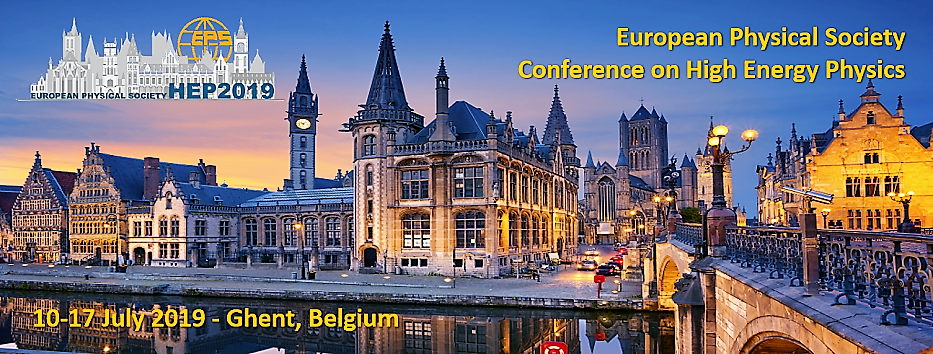Speaker
Description
Coincidence measurements between cosmic ray detectors placed some distance apart are the standard way to detect extensive air showers created in the Earth atmosphere. While the detection of the highest energy cosmic rays requires distances in the order of km, compact arrays would probe the low energy region of the energy spectrum of primary particles. In this Project we exploited the potential of a detection strategy based on the use of small area individual detectors, which can be easily moved and re-configured in different detection geometries, to be employed for different physics investigations. An important aspect of this Project is the educational activity in cosmic ray physics being planned for undergraduate and graduate students, together with the outreach and citizen science involvements. However, also a series of physics investigations (among which the study of muon bundles and of nearly horizontal showers) are within the reach of this facility, when operated in stand-alone mode or in combination with other existing detectors. In order to keep as low as possible the overall cost of the facility, the layout of each detection module is based on scintillator tiles, Wavelength Shifter (WLS) bar and Silicon Photomultiplier (SiPM) for light collection and readout. Signals from each detector are discriminated and shaped, then sent to an Arduino MEGA board for triggering, data acquisition, GPS time stamping and event storage. A first set of 30 detection modules were already fully built and characterized [1,2]. Commissioning measurements under different topological configurations of the array have been carried out both in stand-alone mode and in coincidence with other cosmic ray detectors.
[1] P.La Rocca et al., JINST 13(2018)P10013
[2] P.La Rocca et al., JINST 14(2019)T01003
